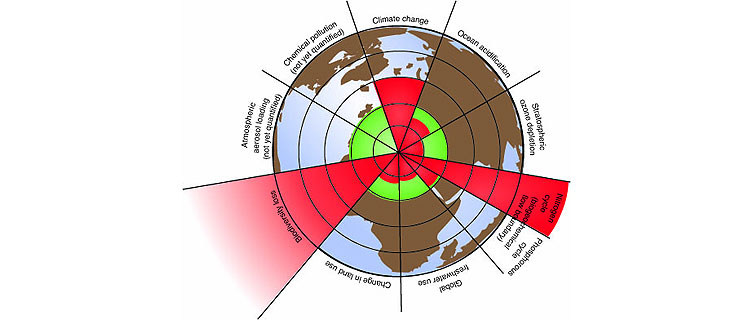The following is from Scientific American and it addresses one potential solution for providing enough food for the over 9 billion mouths that are expected to be around the dinner table in a few decades. Read and comment
*********************************************************************************
A new plan would let people grow their own crickets, which they would then sell to be dried, ground up, and turned into protein-rich flour to enrich baked goods. That cookie you're eating may one day pack an extra cricket-fueled punch.
Insects are not regular fare
on Western menus, but a surprising number of people worldwide--perhaps
as many as 2.5 billion--eat them happily on a regular basis. High in
protein, low in fat, and rich in iron and omega-3, bugs like
grasshoppers and cicadas are vital staples--a crunchier, and more
sustainable, alternative to beef, pork, and lamb.
Now, a group of students at McGill University, in Montreal, has has a
plan to produce edible insects on an industrial scale. The idea is to
distribute cricket-producing kits to the world's slums as a way of
improving diets, and giving people more income. Families would eat what
they needed, while selling the rest for processing into flour, and other
products.
We're proposing a factory to
grind cricket-flour. "We're proposing a factory to grind cricket-flour
with corn, wheat or rice, whatever is local, and then creating very
normal looking food that has an additional boost to it," says Zev
Thompson, one the students. "The flour is where we see most of our
profitability." The cricket-enriched flour could help people lacking
protein and iron.
The McGill team is one of five finalists for the 2013 Hult Prize, a global student start-up contest that's focusing on urban food security this year. The winning entry, which is announced this September, will $1 million in funding.
The initial kit design looks like an Ikea laundry basket--a light and
cheap collapsible cylinder. The team says it could be capable of
producing 11 pounds of crickets every two months. "We will probably
charge for the kits, because that creates accountability," says Shobhita
Soor, another of the students. "We envision we would weigh the
crickets, and swap the kits in and out."
Some people are vegetarian for ecological reasons, but they are not
opposed to eating insects. Between now and September, the students need
to do more prototyping, and go on a research trip to gather information
from its potential users. Soor says they also need to spend time in the
kitchen, working on recipes for tortillas and flatbreads using cricket
flour.
Thompson says crickets are not
nearly as gross as they first appear. He compares them to shrimp or
popcorn, and speculates that there might also be opportunities closer to
home (something that other start-ups are also looking into, as we wrote
about here).
"Having now eaten them, it seems normal," he says. "I wonder if
crickets today are what sushi was 20 or 30 years ago--a weird exotic
thing that breaks into the mainstream. Some people are vegetarian for
ecological reasons, but they are not opposed to eating insects. So, we
might find an interesting niche here as well



